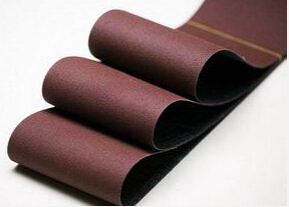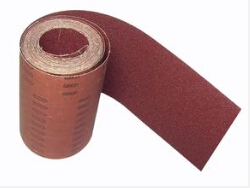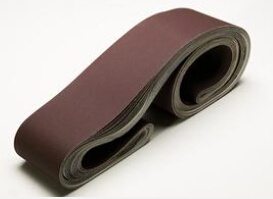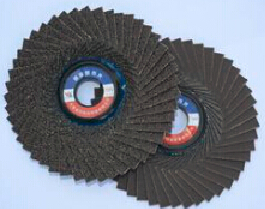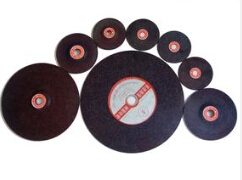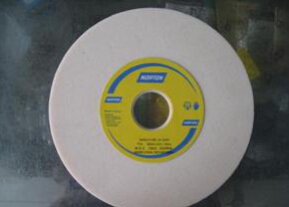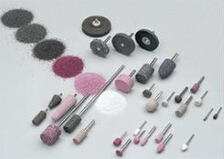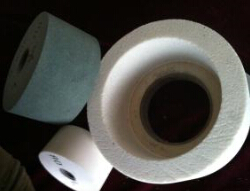Test Method of White Fused Alumina Particle Distribution
Zhongsen Editor 2022-09-19White fused alumina abrasive is a kind of artificial abrasive, using alumina powder and graphite electrode as the main material, using a new ultrafine technology for production, in the production needs to add raw materials through mixing, forming, high temperature firing. Because white fused alumina sand has the characteristics of no burst, stable performance, not powder, plus white fused alumina particles are small, and dense, will not cause different material surface discoloration and is widely used.
What are the commonly used detection methods of white fused alumina Recently, I have been asking for advice from others through various channels. Today, I have collected my recent information to you, hoping to help users who have the same needs.
(1) Screening method. Advantages: simple, intuitive, low equipment cost, often used for samples more than 40um. Disadvantages: the results are greatly influenced by human factors and sieve hole deformation.
(2) Microscope (image) method. Advantages: simple, intuitive, can conduct morphology analysis, suitable for narrow distribution (maximum and minimum particle size ratio is less than 10:1) samples. Disadvantages: poor representation, analysis of wide distribution range of samples is more difficult, unable to analyze samples less than 1um.
(3) Settlement method (including gravity settlement and Li Xin settlement). Advantages: the operation gradient, the instrument can be run continuously, low price, good accuracy and repeatability, the test range is wide. Disadvantages: the test time is long, the operation is more cumbersome.
(4) Resistance method. Advantages: The operation gradient is a measurable number of particles, the equivalent concept is clear, fast speed, good accuracy. Disadvantages: it is not suitable for measuring particle samples of less than 0.1um, and it is more difficult to replace small hole tubes for samples with wide particle size distribution.
(5) Laser method. Advantages: simple operation, fast test speed, wide test range, good repeatability and accuracy, which can be conducted in online measurement and dry method measurement. Disadvantages: the results are greatly affected by the distribution model, with high instrument cost and low resolution.
(6) Electron microscopy method. Advantages: suitable for testing super new particles and even nanoparticles, high resolution, can conduct morphology and structure analysis, disadvantages: few samples, poor representation, measurement is vulnerable to human factors, the instrument price is expensive.
(7) Optical resistance method. Advantages: convenient and fast test, can measure the number of particles in the liquid or gas, high resolution. Disadvantages: no particle size less than 1umde samples, the system is more exquisite, only suitable for dust, pollutants or well diluted drugs for measurement, for the general powder is not much.
(8) Breathability method. Advantages: low instrument price. Do not disperse the samples, measurable material powder. Disadvantages: only the average particle size value can be obtained, not measuring the particle size distribution; not measuring less than 5um fine powder.
(9) X-ray small-angle scattering method. For gransize measurement of nanoparticles.
(10) Photon correlation spectroscopy (dynamic light scattering method). For gransize measurement of nanoparticles.

